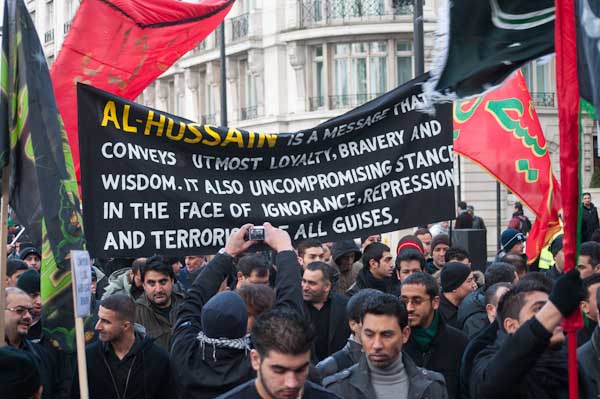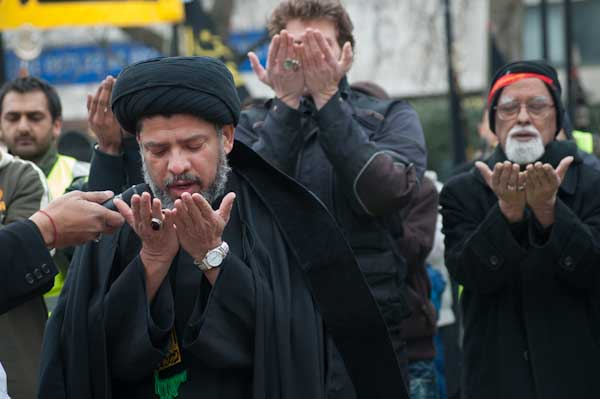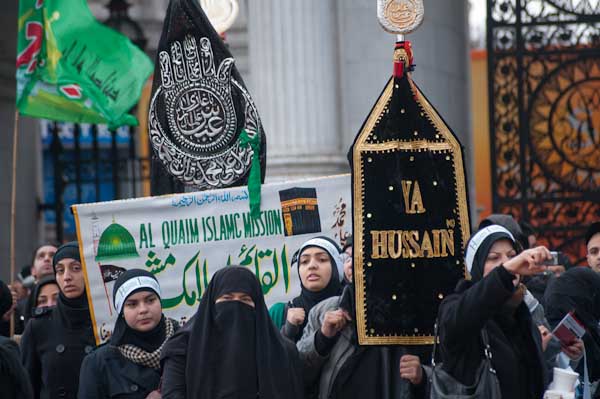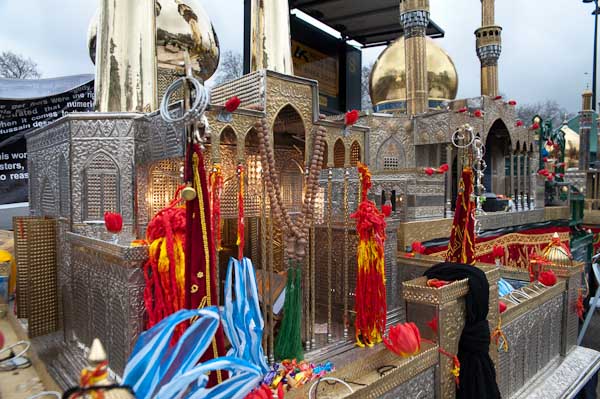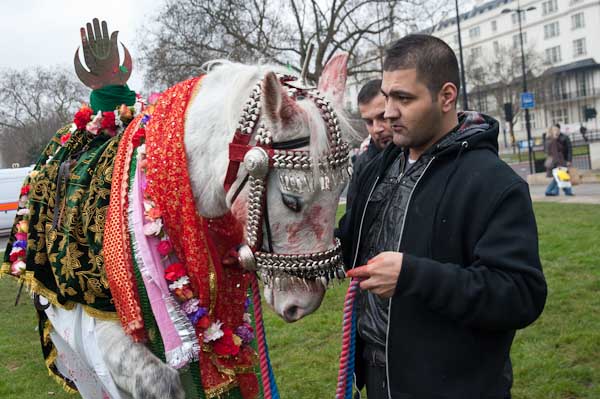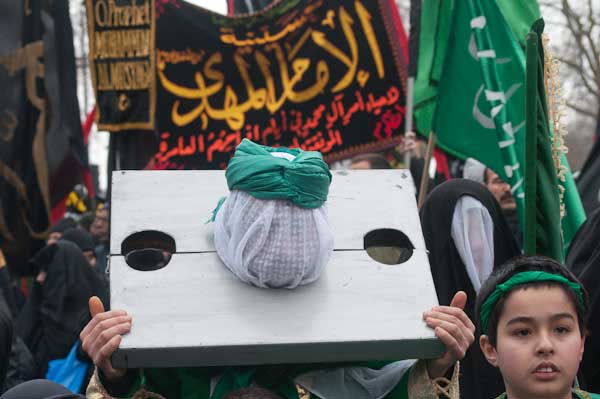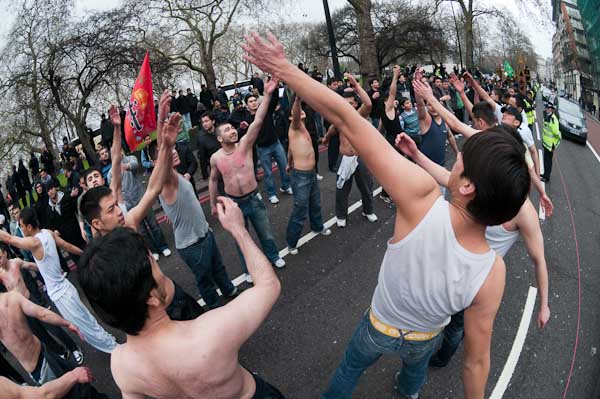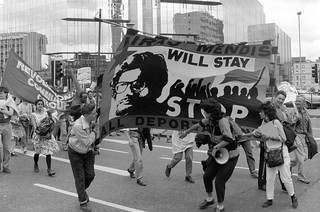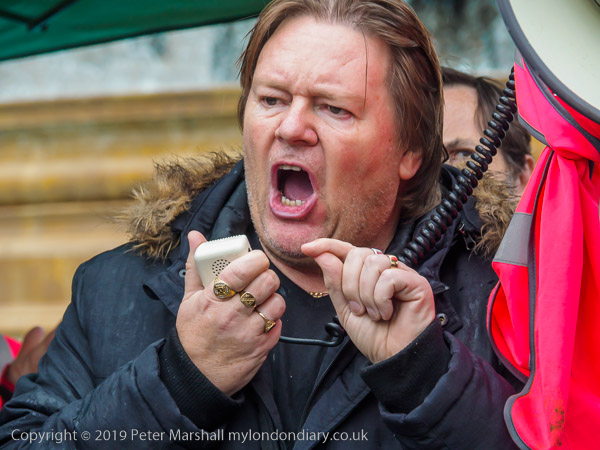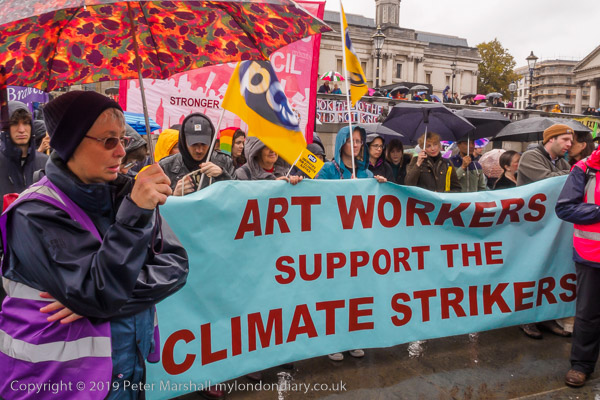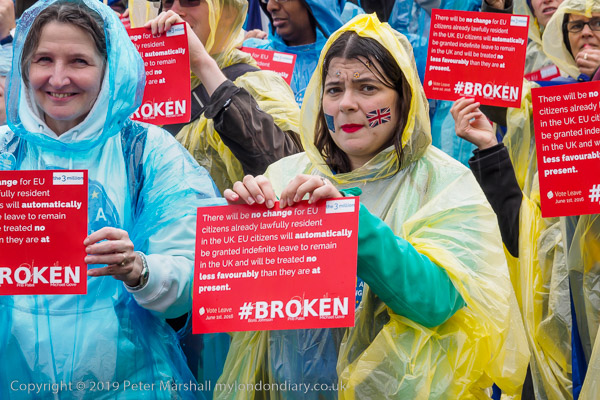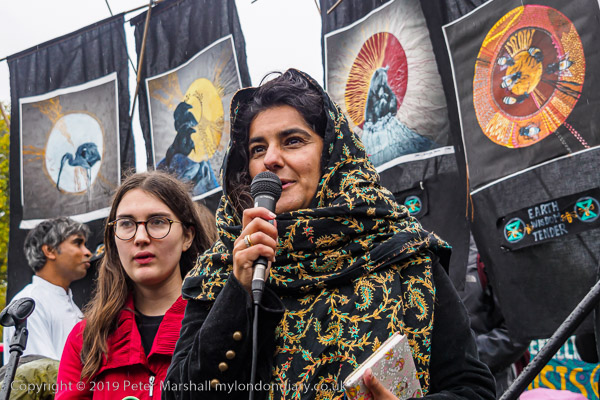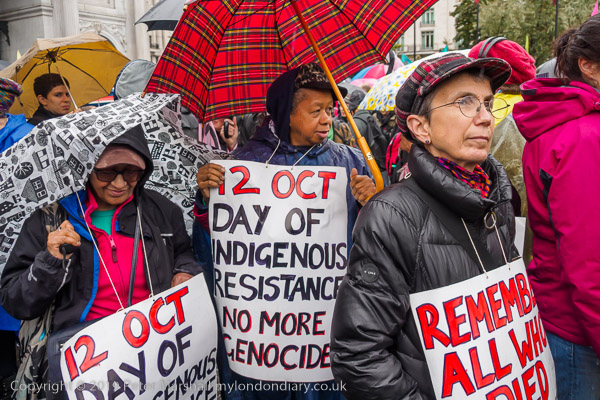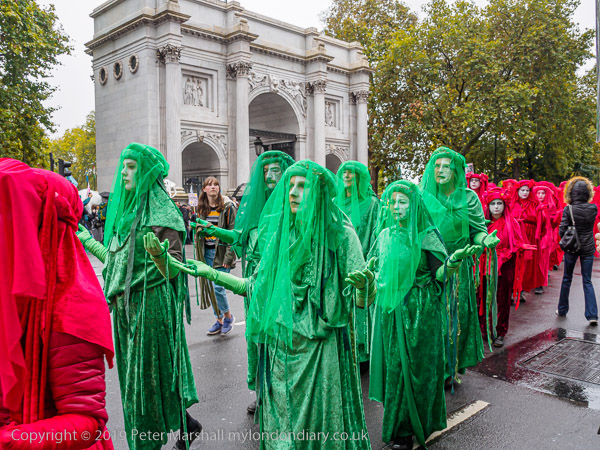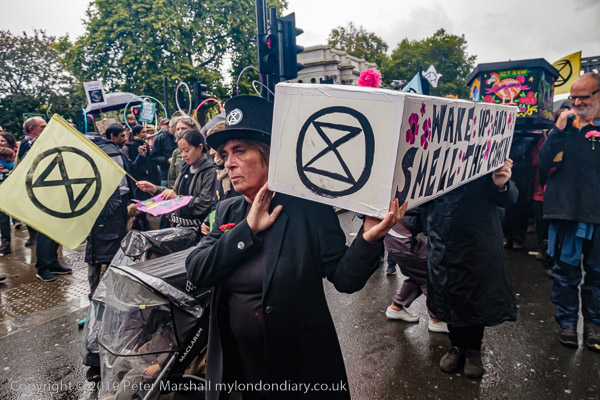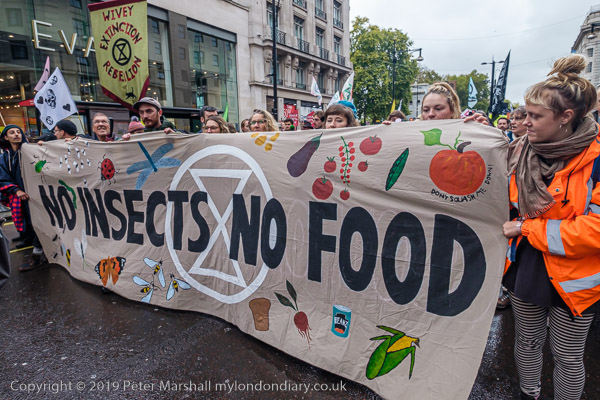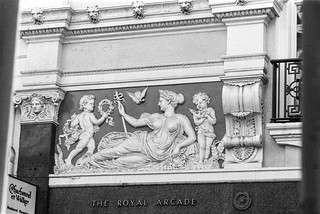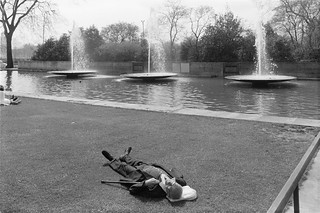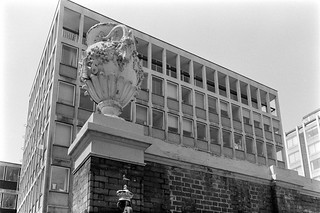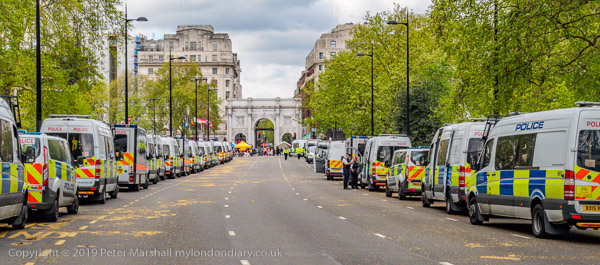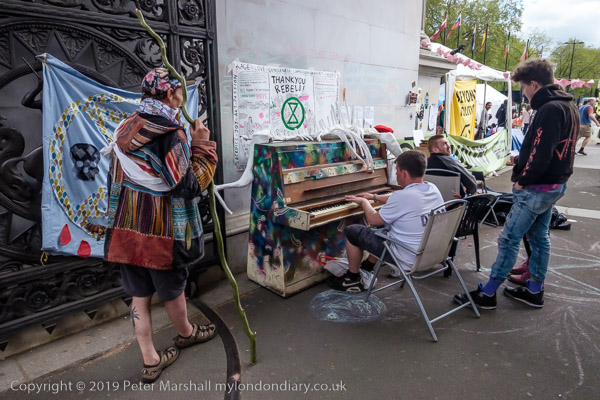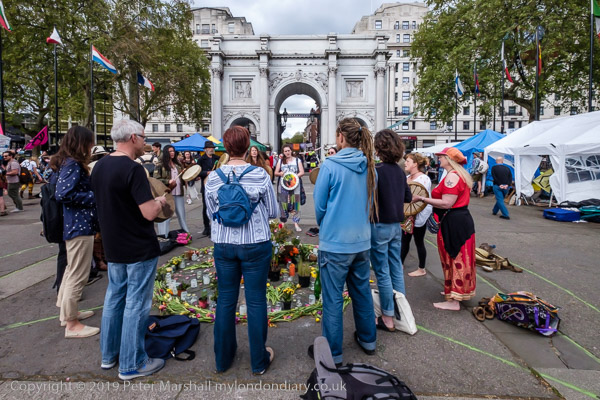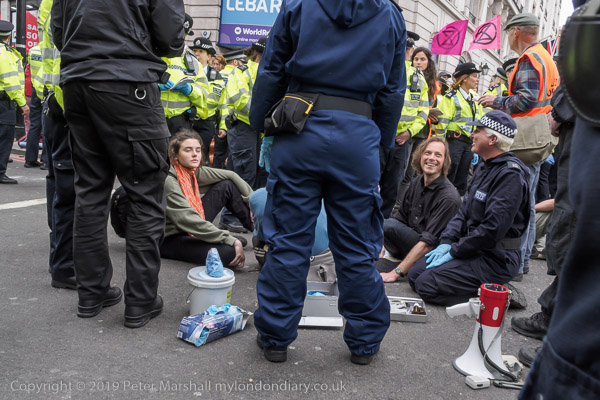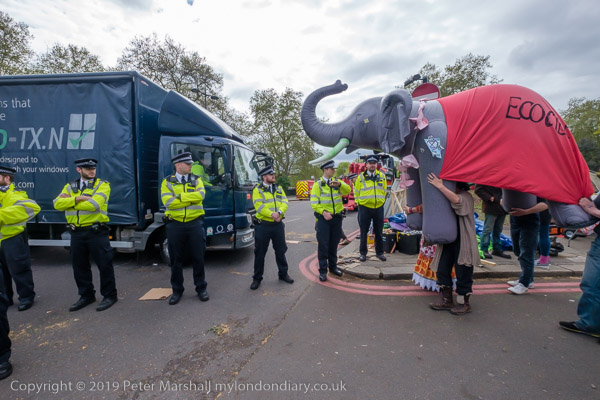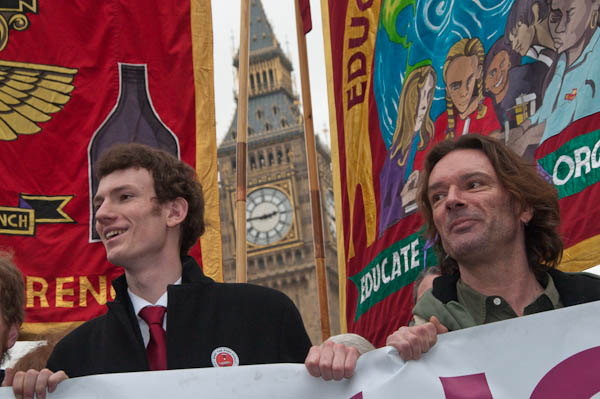
Perhaps the hardest thing I’ve found about the last eleven months has been the lack of variety. I’ve been fortunate to probably avoid the virus – I was quite ill early in March 2020 but my symptoms didn’t match those then thought to typify Covid-19, though they did match some of those being reported by Covid sufferers – and none of my family or close friends have died from it.
But days mainly spent at home in front of a computer screen have followed days mainly spent at home in front of a computer screen relentlessly, though I have tried to get out for walks or bike rides most days. As someone of an age and medical condition that makes me vulnerable I decided not to travel up to London on public transport, although as a journalist I count as a key worker and could have done so. Apart from usually solitary exercise (occasionally a walk with my wife on Sundays) I’ve made a couple of trips out for pub meals with family or friends when these were allowed, and a few short journeys for medical and dental appointments – including most recently my first Covid vaccination.
There’s Zoom of course, and I hate it, though taking part in a few regular events. It’s a little better on my desktop computer which hasn’t got a camera, but on the notebook or tablet I find it disconcerting to see myself in close-up (and sometimes move out of frame and sit in a more comfortable chair watching the screen from a distance.) It’s perhaps more seeing the others, mainly in head and shoulders close-up that makes me uncomfortable with Zoom; in real life we would be sitting around at a sensible distance, seeing each other at full length and as a part of the overall scene, looking away when we want to at other things. Not those relentless talking or muted full-face heads.
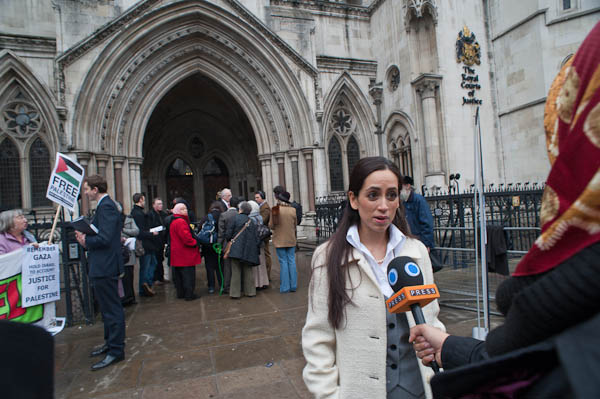
Tuesday 24th February 2009 wasn’t a typical day, and that’s really the point. Few days then were typical. I caught the train to Waterloo and took a bus across to Aldwych, a short journey but faster than walking. A short walk then took me to the Royal Courts of Justice where protesters were supporting the application for judicial review by Palestinian human rights group Al-Haq challenging the government’s failure to fulfil its obligations with respect to Israel’s activities in Palestine.
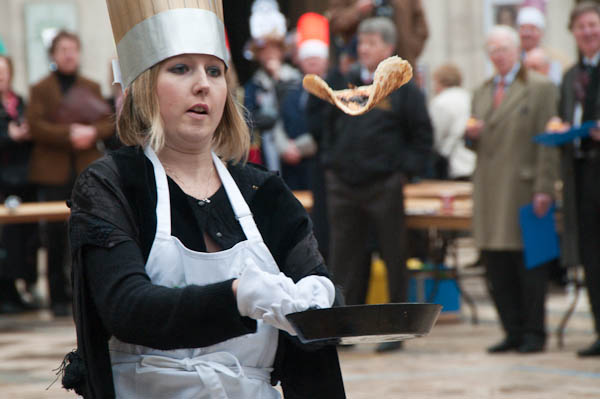
It was Shrove Tuesday, and from the Royal Courts another bus took me on one of my favourite central London bus journey, up Fleet St and Ludgate Hill to Bank, from where I hurried to Guildhall Yard to the Worshipful Company of Poulters Pancake Races. It perhaps wasn’t one of my better attempts to photograph the event, perhaps because I tried too hard to show the actual running and tossing of pancakes.
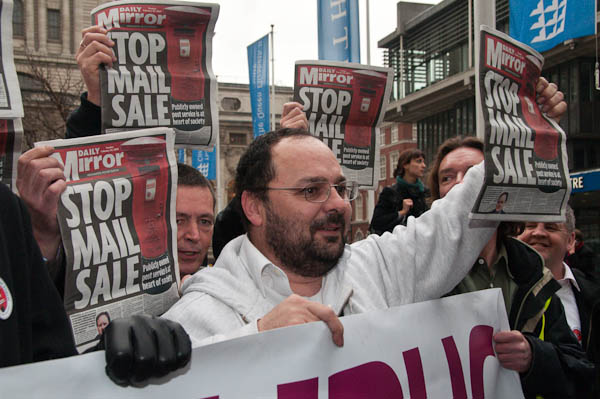
I couldn’t stay for the finals of the pancake race but hurried down to Mansion House for the District and Circle Line to Westminster to meet postal workers as they came out of a rally at Methodist Central Hall to protest at government plans to part-privatise the postal service and then proceeded to a short protest in front of Parliament.
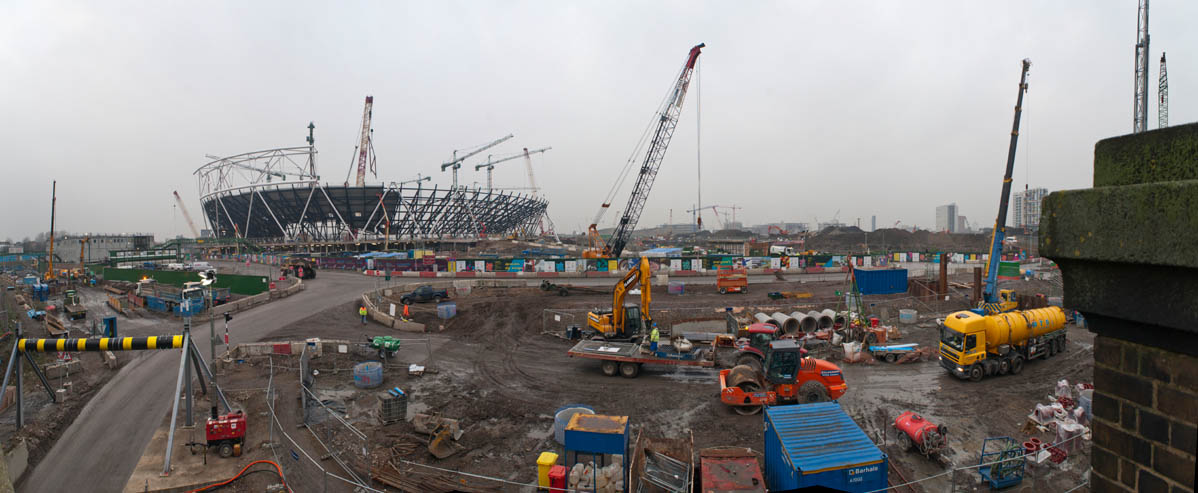
There was nothing in my diary for the next few hours, so I took the opportunity to jump onto the Jubilee Line to Stratford and then walk towards the Olympic site for one of my occasional reports on what was happening in the area – which I had been photographing since the 1980s.
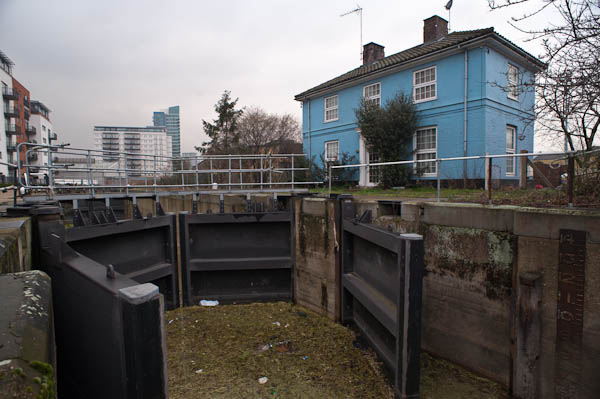
I made my way through the Bow Back Rivers, photographing the new lock gates at City Mill Lock. The Olympic site was sealed off to the public by the ‘blue fence’ but I was able to walk along the elevated path on the Northern Outfall Sewer to take a panoramic view of the stadium under construction. It was rather a dull day and not ideal for such wide views with such a large expanse of grey sky.
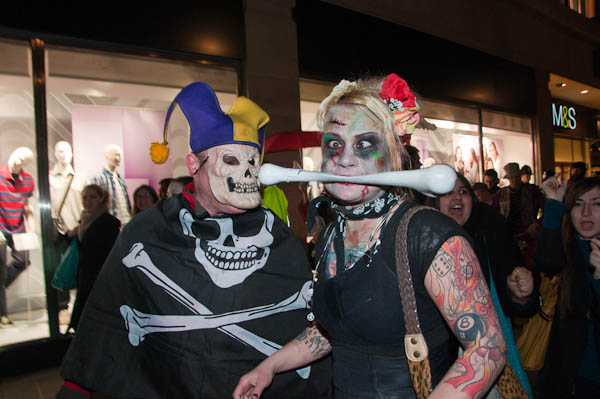
I took the Central Line back to Oxford Circus for the March of the Corporate Undead, advertised as a “Zombie Shopping Spree” along Oxford Street from Oxford Circus to Marble Arch, complete with coffins, a dead ‘banker’, posters, various members of the undead and a rather good band.
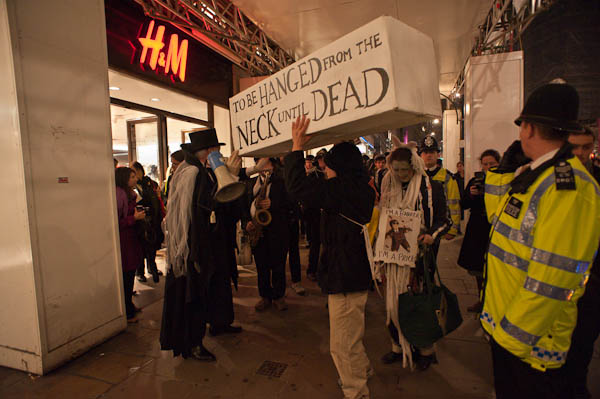
I left the zombies at Marble Arch where they were hanging an effigy of a banker and hurried to my final appointment, a London Bloggers Meetup. The evening’s meeting was being sponsored by Bacardi who were supplying free drinks, including blue and green Breezers which I thought would have been rather suitable for the zombies, but fortunately there was also free beer. I probably took a few pictures, but haven’t published them.
All just a little more interesting than staring at a screen, though there was rather a lot of that to do when I finally got home.
March of the Corporate Undead
Olympic Site Report
London Olympic site pans
Keep the Post Public
Poulters Pancake Race
Al-Haq Sue UK Government
All photographs on this and my other sites, unless otherwise stated, are taken by and copyright of Peter Marshall, and are available for reproduction or can be bought as prints.
